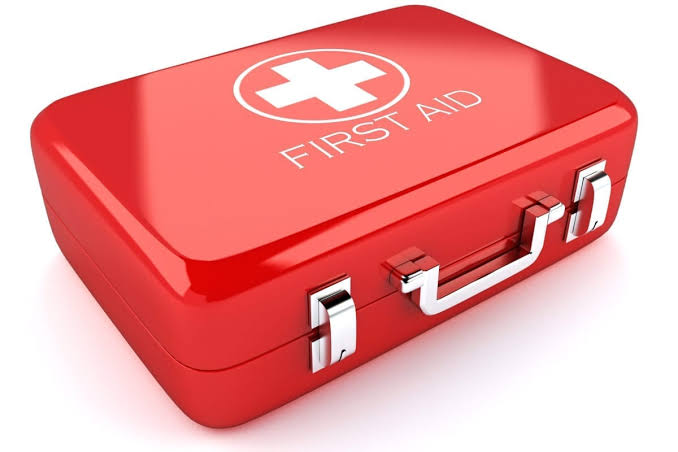You’ll be glad you spent the effort to make sure yours is up to the task when you need to use it. It’s one of the Ten Essentials that everyone knows about but rarely thinks about: first aid kit refills and instruction on using it.
It doesn’t matter how much space you have in your first aid box; you’ll still be able to treat minor ailments and prevent them from becoming more serious. An enjoyable journey can be enhanced by managing aches and pains.
When it comes to making your kit, it’s up to you. This article provides advice on how to get a first-aid kit for the outdoors in both traditional and unconventional ways.
Reminder: Before each season, check the contents of your kit. There are expiration dates on all of the pills and bandages in your emergency kit, no matter how big or little it is.
First-Aid Kits That Are Ready to Go
Most individuals buy pre-made first-aid kits rather than putting together their equipment from scratch because it saves time and money. To avoid overlooking necessary supplies or tools, choose a pre-made kit instead.
What kind of kit is the best to get? Think of it like this:
- Group size: Many kit-makers make assumptions about how many people a kit can serve. Of course, your outcomes will differ. More commonly used goods, such as bandages and analgesics, are included in larger-group kits. Tools like thermometers, tweezers, and splints are generally the same from one medical equipment to another.
- Trip length/distance: The same goes for kit descriptions, where you’ll typically see an estimate of how long the kit will last.
- Trip activity: To make a gear suitable for paddling, a manufacturer can include a waterproof pouch. Trail running calls for a more compact, lighter outfit because of the sport’s emphasis on speed and agility. Car camping, for example, necessitates larger, more extensive gear.
- Comprehensive kits: A first aid kit refills with advanced tools and supplies, even if you don’t know how to use all of them, can still be helpful because others in your group or area may have more medical knowledge. Medical schooling can also help you expand your toolbox.
Set up a First-Aid Kit of your own
Water-resistant bags or pouches are necessary. A selection of zip-lock plastic bags and pill bottles is also a good idea, in addition to a waterproof marker and tape for labelling. After that, it’s just a matter of purchasing or acquiring the necessary goods.
A Few More Things to Keep in Mind When Going Outside
First-aid supplies are closely linked to the following items: Sunscreen, bug spray, and hand sanitiser can all be found in or near your survival kit to assist you in avoiding hypothermia or treating shock.
A personal locating beacon or satellite messenger can save your life in the bush if you ever have a life-threatening medical emergency. Depending on the strength of the signal and the operating details, you can tell rescuers that you need help and where you are.
First-Aid Training
Even if your first-aid kit includes reference materials, it’s a good idea to acquire some formal training in emergency care before you leave.
A first-aid handbook does not accurately portray the severity of a medical emergency. Overcoming your fear and shock of responding to a crisis will be easier if you’ve had prior training. Having a plan in place before an emergency occurs can make all the difference.

